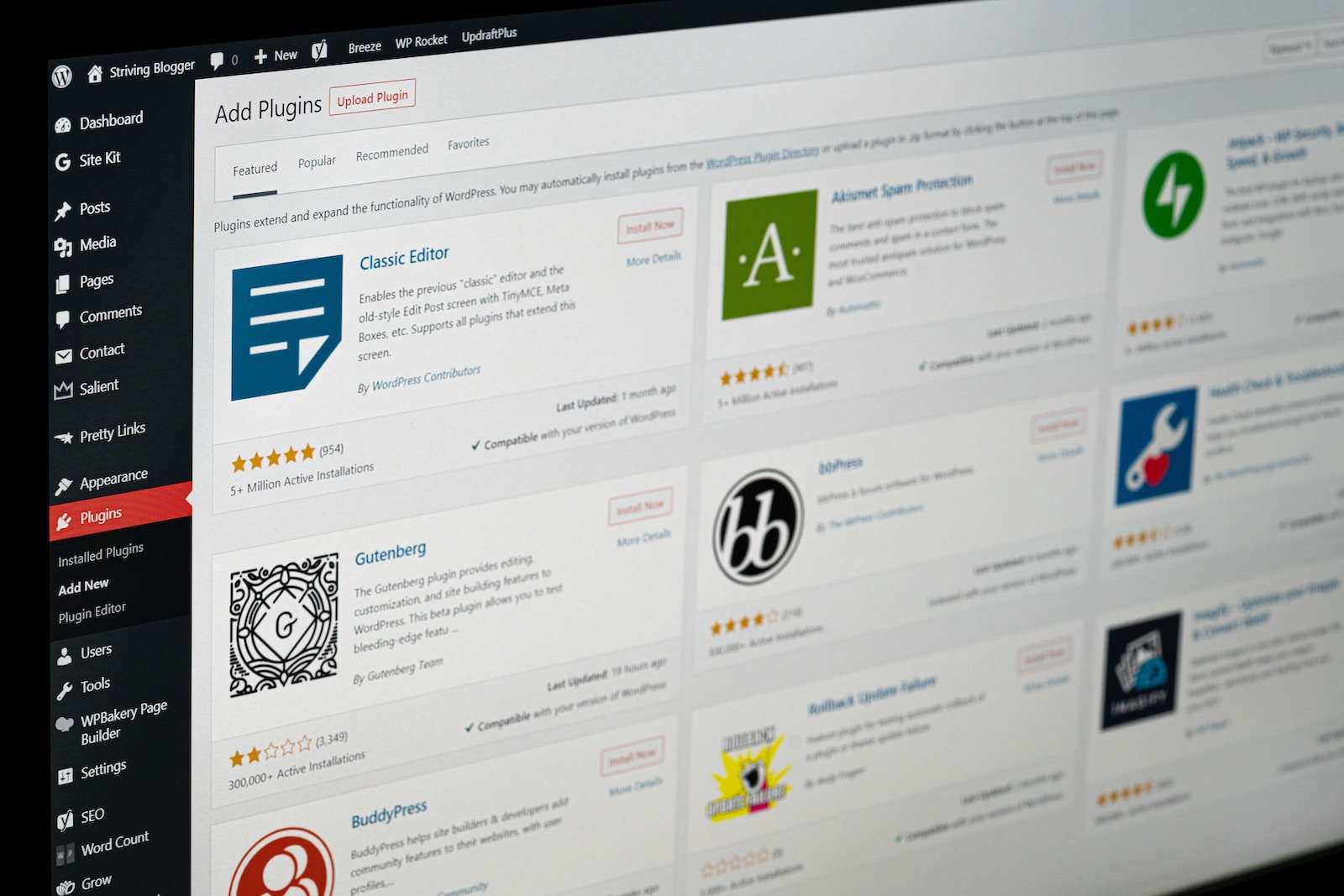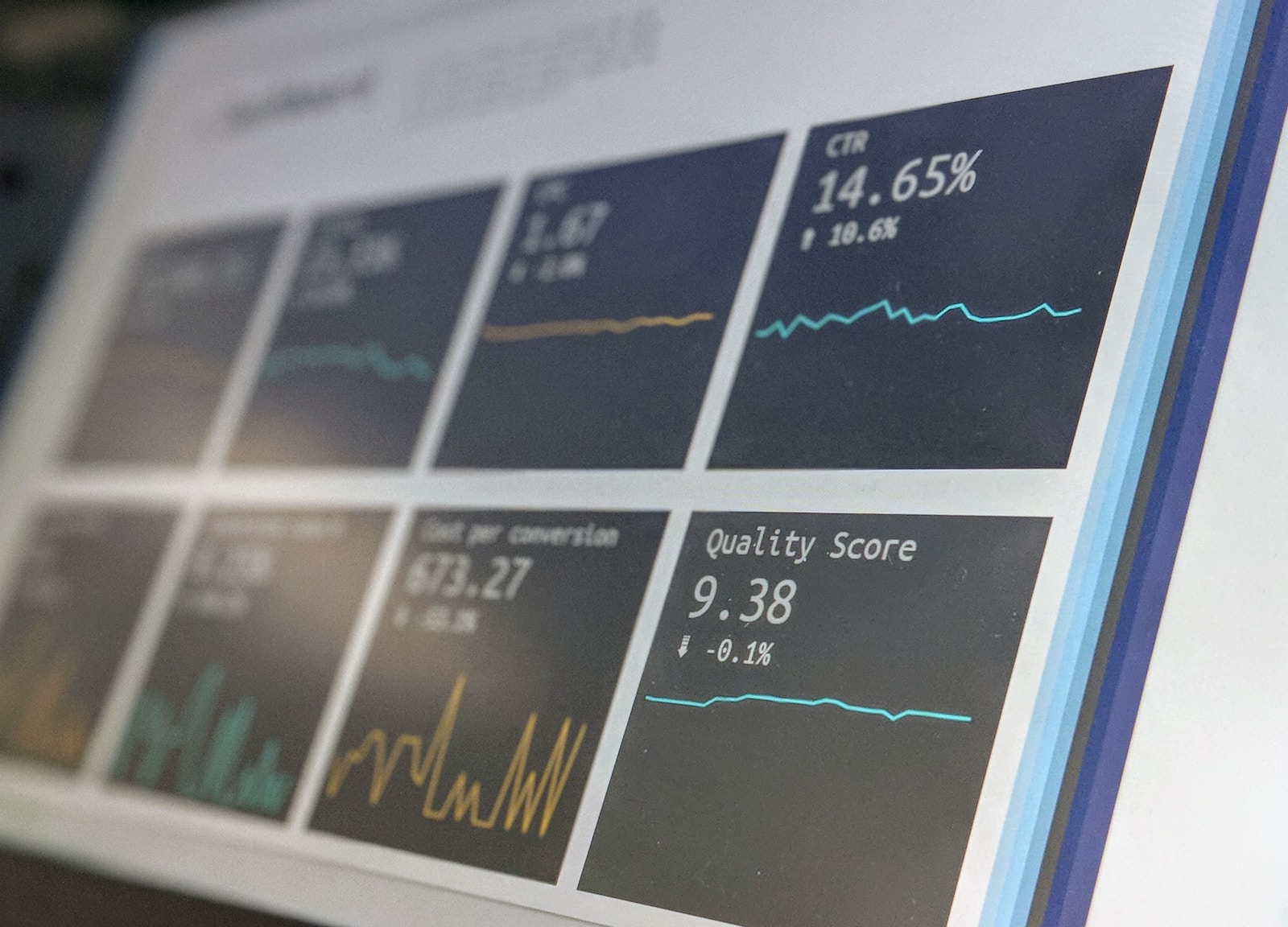A landing page, or landing page, is a key element to achieving conversions and success in the world of online marketing. But what exactly does that mean?
What Is a Landing Page?
Definition:
A landing page is a simple web page that users land on when they click on a link in an ad, email or other digital channel. The goal of a landing page is to persuade visitors to take a specific action, such as buying a product, downloading an e-book, filling out a form or getting in touch.
Key Elements of a Landing Page:
 1. Clarity and Relevance:
1. Clarity and Relevance:
- The Landing Page must clearly communicate what the advertisement or other source that brought the visitors in promises.
2. Strong Call-to-Action (CTA):
- A distinctive and unambiguous CTA button that motivates visitors to take the desired action.
3. Visual Ensemble:
- Attractive design and visual elements that support and emphasize the main message.
4. Limited Navigation Options:
- Minimizing navigation elements to keep visitors focused on a specific event without unnecessary deviation.
5. Credibility:
- Reviews, testimonials, certificates or any other elements that strengthen the credibility of the offer.
6. Simple Form:
- If the conversion process involves filling in a form, it should be simple and quick.
Why is Landing Page So Important?
- Increases Conversions: An effective landing page converts visitors into customers or generates desired actions.
- Measurability: With a landing page, you can easily track the performance of an advertising campaign or other marketing activities.
- Personalisation: It is possible to create specific landing pages for different target groups, which increases the relevance of the content.
- Optimization: Thanks to analytical tools, the design and content of the landing page can be continuously optimized for maximum efficiency.
A Landing page is a key tool for anyone who wants to effectively leverage traffic to their website and achieve specific goals. Its creation and optimization are essential steps for successful online marketing campaigns.



 1. Fast and Easy Development:
1. Fast and Easy Development:




